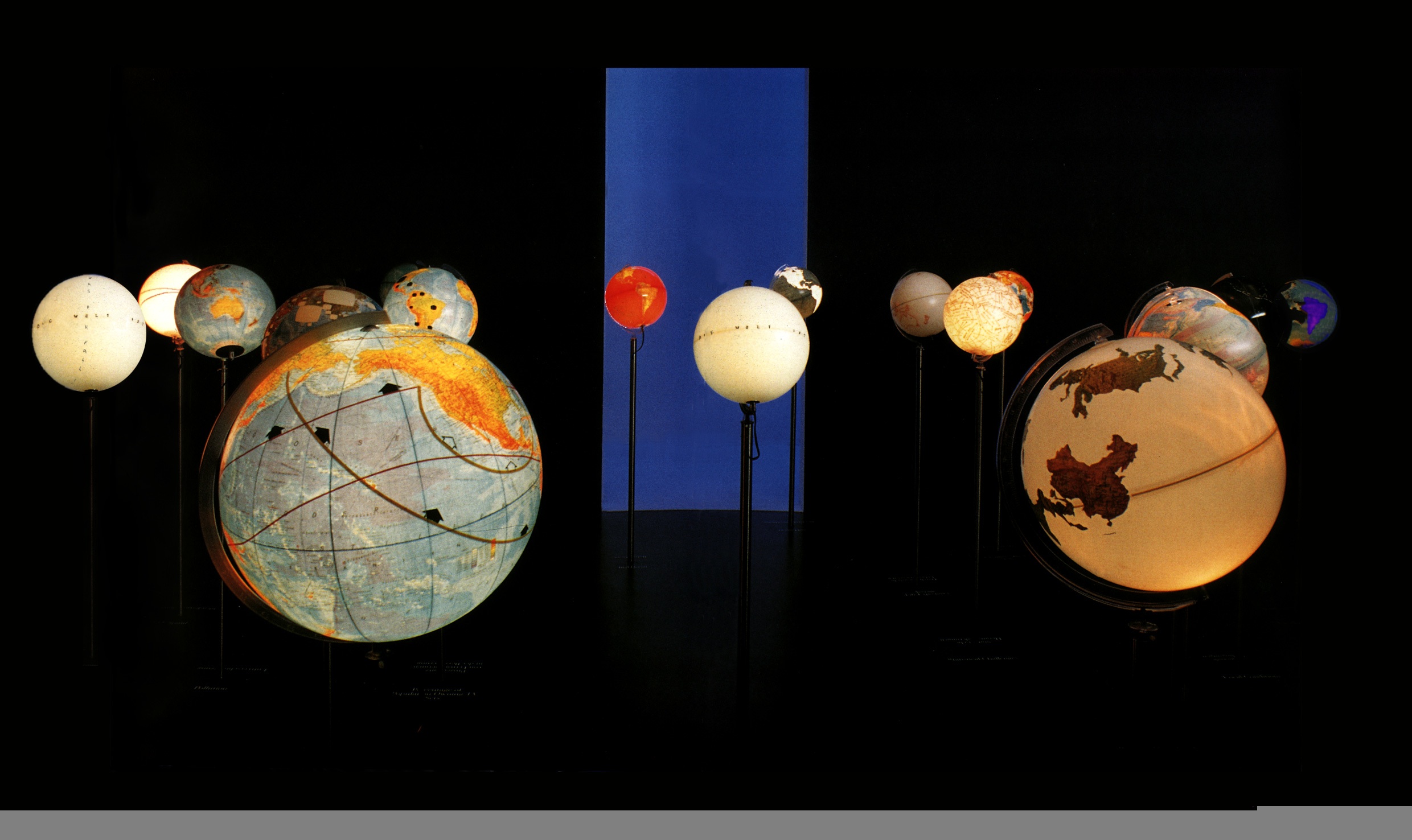Ingo Günther

“World Processor“, 1988 – 2005
Ingo Gunther – Making the Abstract Visible
Notes on the artist
Ingo Günther grew up in Dortmund, the German Ruhrgebiet. In the 70s, he travelled extensively, then studied Ethnology and Cultural Anthropology at Frankfurt University, before changing to the Kunstakademie Düsseldorf where he studied with Schwegler, Uecker and Paik (M.A. 1983).
Based in New York, he played a crucial role in the evaluation and interpretation of satellite data gathered from political and military crisis zones; the results were distributed internationally through print media and TV news. The goal was to make (inaccessible) military and ecological information known to the public to generate direct impact on political processes.
On an artistic level, the work with satellite data led to Günther’s contribution to documenta 8 (1987), and the installation K4 (C31) (Command Control Communication and Intelligence), the same year, Günther received accreditation as a correspondent at the United Nations in NY.
The interviews and research the artist did during a several months long journey through the Cambodian refugee camps in Thailand became the basis of a series of articles, which were published in the German newspaper taz. This journey and further travels to refugee camps around the world became the foundation for Günther’s concept of the Refugee Republic, on which he has been working ever since.
Since 1989, Günther uses globes as a medium for his artistic and journalistic interests.